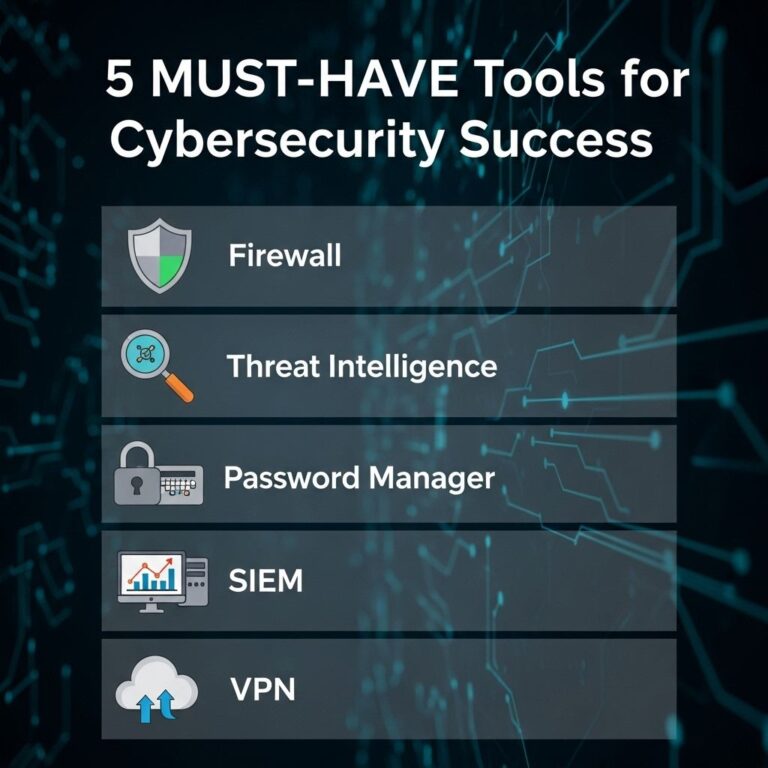As we advance into a digital-first era, the protection of personal data has become a pressing concern for individuals and organizations alike. With rapid technological advancements, including the rise of artificial intelligence and cloud computing, the potential for data breaches and cybersecurity threats has escalated dramatically. This article explores strategies and technologies that can be employed to safeguard your data effectively in 2025.
Table of Contents
The Evolution of Data Protection
The landscape of data security has transformed significantly over the last decade. Traditional methods of protection are no longer sufficient against sophisticated cyber threats. Understanding the evolution of these threats is crucial in adopting the right measures to protect your data.
- Increased Cyber Attacks: Cybercriminals are becoming more resourceful, employing techniques such as phishing, ransomware, and distributed denial-of-service (DDoS) attacks.
- Regulatory Changes: Laws like GDPR and CCPA have emphasized the importance of data privacy, pushing organizations to adopt better data protection practices.
- Cloud Vulnerabilities: As organizations migrate to cloud platforms, new vulnerabilities emerge that necessitate enhanced security protocols.
Understanding Your Data
Before implementing data protection strategies, it’s essential to understand what data you have and where it resides. This knowledge will guide your protection efforts effectively.
Types of Data to Protect
Data can be classified into several categories, each necessitating different protection measures:
| Data Type | Examples | Protection Measures |
|---|---|---|
| Personal Data | Name, address, email | Encryption, access controls |
| Financial Data | Bank details, credit card info | Tokenization, secure transactions |
| Intellectual Property | Patents, trade secrets | Digital rights management |
Best Practices for Data Protection in 2025
To secure your data in 2025, consider implementing the following best practices:
1. Implement Strong Authentication Mechanisms
Ensuring that only authorized users can access sensitive data is paramount. Strong authentication mechanisms include:
- Multi-Factor Authentication (MFA)
- Biometric authentication (fingerprint, facial recognition)
- Strong password policies (complexity and expiration)
2. Regularly Update Software and Systems
Keeping software and systems updated is crucial to protecting against vulnerabilities. Follow these guidelines:
- Enable automatic updates for operating systems and applications.
- Schedule regular checks for updates on critical software.
- Utilize patch management systems to streamline the update process.
3. Encrypt Data
Data encryption is a critical defense mechanism. Ensure that:
- Data is encrypted both at rest and in transit.
- Use strong encryption standards (e.g., AES-256).
- Encrypt sensitive data before storing it in the cloud.
Utilizing Technology for Enhanced Data Security
In 2025, leveraging the right technologies can significantly enhance data protection efforts. Consider integrating the following solutions:
1. Artificial Intelligence and Machine Learning
AI and ML can help detect suspicious activities and potential threats in real-time. Key applications include:
- Monitoring user behavior for anomalies
- Automating threat detection processes
- Predictive analytics to foresee potential breaches
2. Zero Trust Architecture
The Zero Trust model operates on the principle that no one should be trusted by default, whether inside or outside the network. Implementing this architecture involves:
- Verifying every user and device before granting access.
- Conducting continuous monitoring of user activities.
- Segmenting the network to limit access to sensitive resources.
3. Cloud Security Solutions
As more organizations adopt cloud services, implementing robust cloud security measures is vital. Key solutions include:
- Cloud Access Security Brokers (CASBs)
- Data Loss Prevention (DLP) tools
- Secure cloud configurations and assessments
Training and Awareness
Technology alone cannot ensure data security. Human factors play a significant role in safeguarding data. Organizations should invest in training programs for employees to heighten awareness about data security risks.
1. Conduct Regular Security Training
Regular training helps employees recognize potential threats and understand their role in data protection. Consider the following:
- Phishing simulations to train users
- Workshops on data privacy and protection laws
- Updates on emerging security threats
2. Foster a Security-Centric Culture
Embed data security into the organizational culture by:
- Encouraging employees to report suspicious activities
- Implementing a clear policy on data handling and protection
- Rewarding good security practices among employees
Conclusion
As we approach 2025, protecting your data requires a multifaceted approach combining technology, best practices, and organizational culture. By understanding the evolving landscape of data security, adopting robust protection measures, and fostering awareness, individuals and organizations can significantly mitigate risks and secure their valuable information against emerging threats.
FAQ
How can I protect my personal data in 2025?
To protect your personal data in 2025, use strong, unique passwords for each account, enable two-factor authentication, regularly update your software, and be cautious about sharing personal information online.
What are the best practices for data security in 2025?
Best practices for data security in 2025 include using encryption for sensitive files, backing up data regularly, utilizing VPNs for secure internet connections, and being aware of phishing scams.
Why is data privacy important in 2025?
Data privacy is crucial in 2025 as cyber threats continue to evolve, and protecting personal information helps prevent identity theft, financial loss, and unauthorized access to sensitive data.
What role does software play in data protection in 2025?
Software plays a vital role in data protection in 2025 by providing tools for antivirus protection, encryption, secure browsing, and firewall defenses to safeguard against data breaches.
How can businesses enhance their data protection strategies in 2025?
Businesses can enhance data protection strategies in 2025 by implementing comprehensive security policies, training employees on data security, conducting regular audits, and investing in advanced security technologies.
What technologies will help in data protection in 2025?
Emerging technologies such as artificial intelligence, machine learning, and blockchain will help enhance data protection in 2025 by identifying threats, automating security protocols, and ensuring data integrity.









